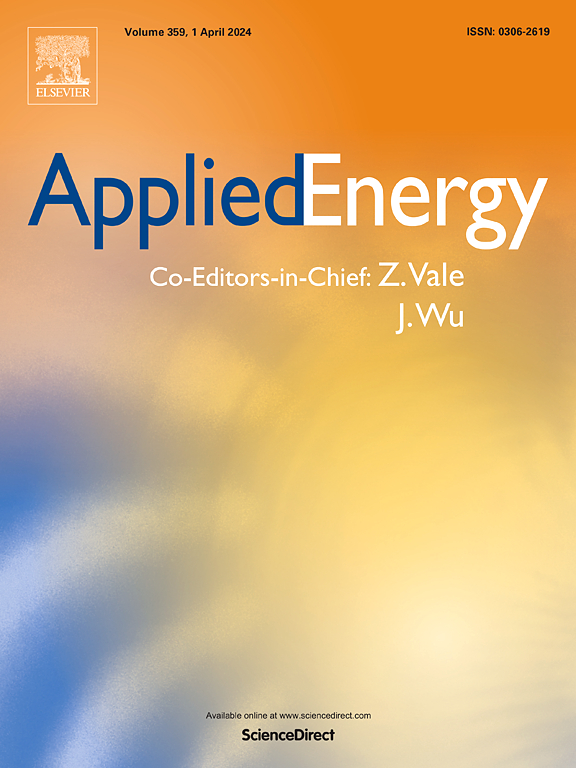Collaborative optimization of vehicle and charging scheduling for mixed bus systems considering charging load balance
IF 10.1
1区 工程技术
Q1 ENERGY & FUELS
引用次数: 0
Abstract
With the widespread development of electric buses, the impact of charging scheduling on peak grid loads and fluctuations has become increasingly significant. Existing studies primarily focus on dynamically adjustable charging power to mitigate charging load peak or fluctuations. However, these strategies gradually adjust the charging power too frequently and are based on predetermined vehicle scheduling, resulting in poor applicability. To address this issue, a segmented adjustable charging power strategy (SACP) in charging scheduling is proposed that simultaneously considers reducing the fluctuations and the peak of the charging load. Meanwhile, this study proposes a collaborative optimization model for both vehicle and charging scheduling of a mixed bus system that comprising electric human-driven buses and electric autonomous modular buses. The objective is to minimize peak loads and fluctuations on the grid, while also reducing operating costs for bus enterprises. An improved NSGA-II algorithm is developed to solve the collaborative optimization model, incorporating an objective-oriented strategy in the initial solution to enhance search efficiency and solution quality. Case studies demonstrate that the SACP strategy significantly reduces peak grid loads and fluctuation costs compared with a fixed charging power scenario, thereby achieving balanced charging loads. Furthermore, compared to the charging scheduling strategy alone, the SACP strategy exhibits a significant reduction in fluctuation cost of charging load by 50% and the peak cost of charging load by 21.6%, thereby ensuring the stability of charging load for both the system and charging events.

求助全文
约1分钟内获得全文
求助全文
来源期刊

Applied Energy
工程技术-工程:化工
CiteScore
21.20
自引率
10.70%
发文量
1830
审稿时长
41 days
期刊介绍:
Applied Energy serves as a platform for sharing innovations, research, development, and demonstrations in energy conversion, conservation, and sustainable energy systems. The journal covers topics such as optimal energy resource use, environmental pollutant mitigation, and energy process analysis. It welcomes original papers, review articles, technical notes, and letters to the editor. Authors are encouraged to submit manuscripts that bridge the gap between research, development, and implementation. The journal addresses a wide spectrum of topics, including fossil and renewable energy technologies, energy economics, and environmental impacts. Applied Energy also explores modeling and forecasting, conservation strategies, and the social and economic implications of energy policies, including climate change mitigation. It is complemented by the open-access journal Advances in Applied Energy.
 求助内容:
求助内容: 应助结果提醒方式:
应助结果提醒方式:


